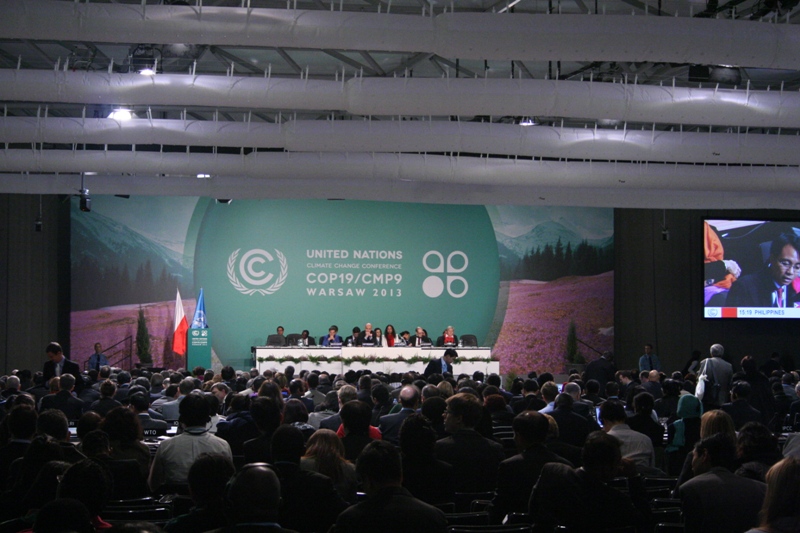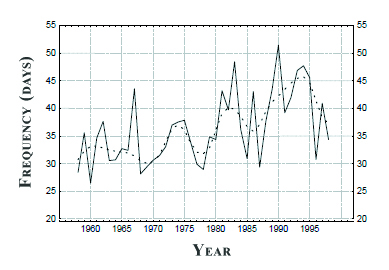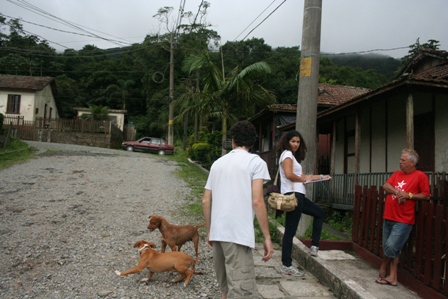The day started with very intense meeting and the soul of the morning it is “real ambitious”. Perhaps the next actions under the Kyoto Protocol are showing the reasons for these ambitious actions, with difficult questions related of the influence on the climate change.
A lot of conversion and discussions with effort by the parties to progress a better scenario of climate change. It is time now for decisions in order to mitigate the impacts of climate change.
The responsibility of every us to find mechanisms to face the climate change and collaborate with each other in order to have a bather balance in order of everyone have capacities to deal with the impacts of climate change, as the natural disasters.
The pronunciation of commission of Small Islands on the plenary room during the morning showed the climate security problem driven by climate change, one dimension of the security issue is natural disasters. Pacific island countries are among the most prone natural disasters globally. Climate change is expected to increase the severity and frequency of tropical storms according the last repost from IPCC from 2013.
The African Group was regarding the need for a permanent mechanism: “We don’t need to wait for the disasters to happen”. It should be remembered that many of the consequences of climate change are long-term, especially in terms of access to clean water, food security and human health. The G77 and China have given a veiled ultimatum that an agreement on a loss and damage mechanism is crucial for the success of the whole COP19.
At the plenary room during the afternoon was presented the results of the report from IPCC2013, the report had three main messages: climate change is happing; humans’ actions have influence and we need act urgently. The Philippines make a question for IPCC panel about the effect of ocean warming on tropical cyclones. There is also a demand for increased capacity building in relation to climate modelling in developing countries.
It is crucial changes and decisions that are so relevant to procedure in order for a sustainable climate with less impact of events such as natural disasters. Time is not on our side but the question is if we are all together to support these decisions.


 Accurate knowledge of the frequency distribution of strong surface wind is of major relevance for insurance related risks in Europe. The risk of wind it a kind of not so a popular risk that people are very afraid. As financial losses due to weather extremes escalate, in the development of information related with of wind storm over Europe. The series of number of strong winds shows that in the last 40 years is accompanied by an increase in year-to-year of this phenomenon.
Accurate knowledge of the frequency distribution of strong surface wind is of major relevance for insurance related risks in Europe. The risk of wind it a kind of not so a popular risk that people are very afraid. As financial losses due to weather extremes escalate, in the development of information related with of wind storm over Europe. The series of number of strong winds shows that in the last 40 years is accompanied by an increase in year-to-year of this phenomenon.



















